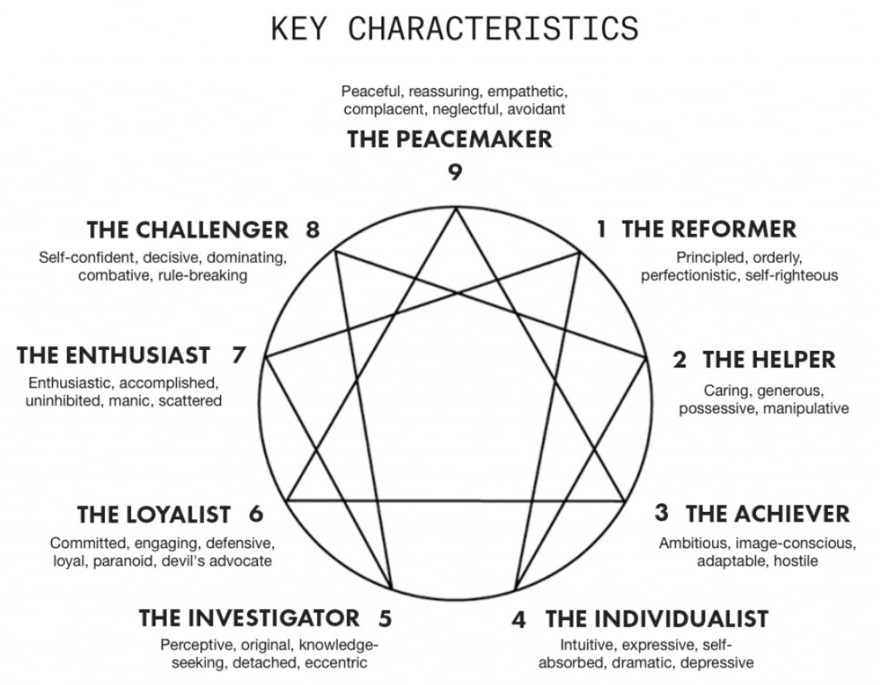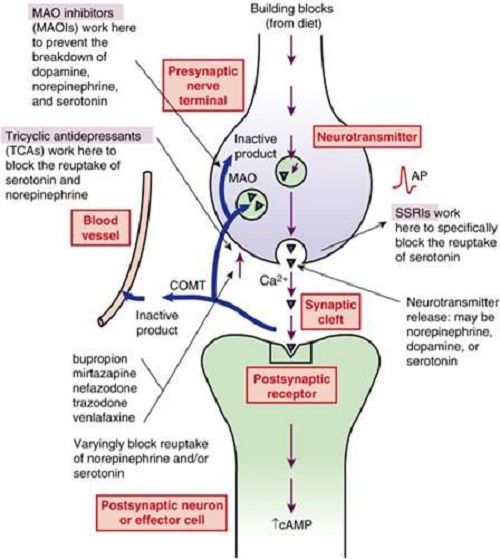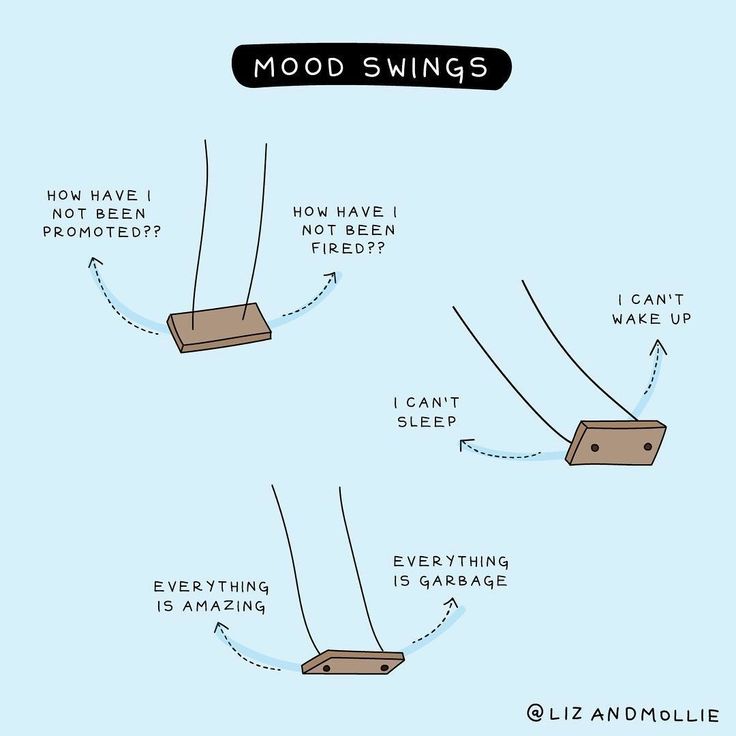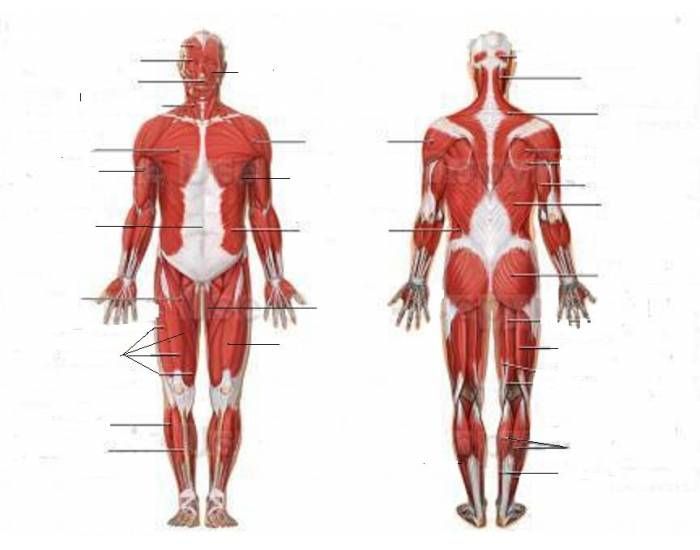How to influence subconscious mind
Five Ways to Influence Your Subconscious Mind & Transform Your Life
The words we say and the suggestions that we give ourselves have the power to shape our lives. From the actions you take to the food you eat, from how you react to stress to how much money you make, these suggestions run our lives. You are programmed by core beliefs to follow a certain pattern and until you overwrite those instructions, you will continue to repeat those patters for your whole entire life.
Core beliefs are the foundation of every experience you have. They are based on stories we make up about life, truths you tell yourself, created by powerful suggestions.
Think of your mind as having two parts. The conscious mind, the logical thinking part of you that drove you here tonight, that chose to come to this presentation. The subconscious mind, the part responsible for habits, beliefs, and behaviors that we don’t really think about. I’ll be generous and give 10% of our reality to the conscious mind.
Which means that 90% of everything you do or say or think or believe comes from the subconscious. Our subconscious is running our life and following the instructions we give it through suggestion.
The subconscious mind is really the one in control, but everything it does is to keep you safe. It does this by creating core beliefs that attempt to make sense out of experiences that happen. Some examples of core beliefs are “I don’t matter”, “I’m not good enough”, I’m unworthy”, “I’m unlovable”.
These core limiting beliefs color everything you think is possible. They are like a frame or a lens through which you see the world. Even though you may want to have one particular outcome, these core beliefs cause you expect a completely different experience.
We experience the core beliefs that shape our lives as strengths, challenges, and blocks. When you’re not aware of your core beliefs you’re allowing the subconscious mind to run your life for you. The good new is that you’re not actually trapped. You’re not stuck. You can make changes to your limiting beliefs.
You’re not stuck. You can make changes to your limiting beliefs.
There are five ways to intentionally influence the subconscious mind.
1. Surround yourself with positivity
The simplest, easiest way is to control your environment.What types of music or images do you surround yourself with? What feelings do you want to have? If you’re looking to create positivity in your life, surround yourself with positive people. Remember, you take on the habits and the beliefs of those around you. Who do you want to be? What can you do to set yourself up for success?
2. Visualize success
Henry Ford said whether you think you can or think you can’t, you’re right. Often we get stuck in the trap of imagining a future we don’t want. Visualize success. Imaging yourself in the future state you want to find. Make it as clear in your mind as you can, then step into that future. Try it on. See what you would see. Hear what you would hear. And here’s the key – feel what you would feel.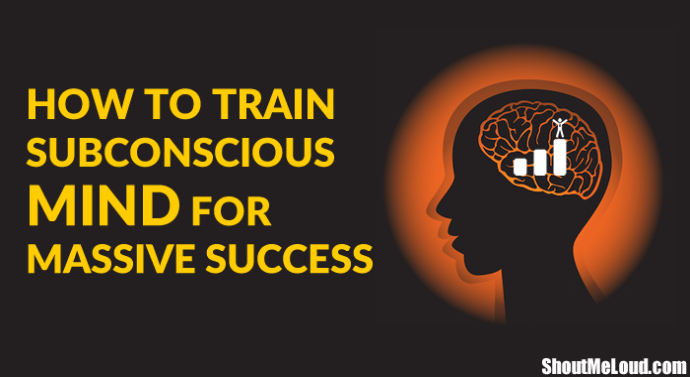
Fill yourself with gratitude and joy for what you’ve accomplished. Feel the peace and calm you’ve been looking for. Revel in the passion you’ve created. Spend at least 5-10 minutes a day embodying the experience and making it real. Our minds don’t know the difference between a real experience and an imagined experience so by doing this you are creating new neural pathways and connections. You are creating a new you.
3. Create Positive Affirmations
We’ve all had the experience of doing something stupid and beating ourselves up for it. Use positive affirmations to encourage your subconscious mind and turn that negative talk around.
There are a couple of best practices when creating positive affirmations. Write them in the present tense. Rather than “I will be relaxed and calm” use “I AM relaxed and calm in any situation”.
Add emotion to the affirmations. “I am happy and filled with joy when I take action”.
Next, make sure to keep the affirmations positive.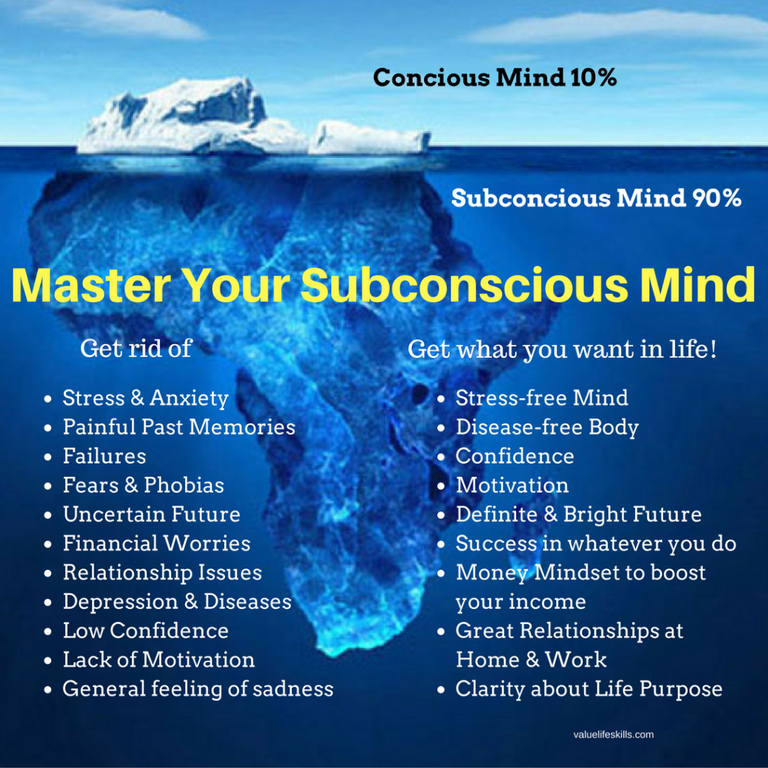 Our subconscious mind doesn’t understand negative terms and gets confused. Rather than “I am happy and filled with joy when I don’t eat sugary snacks” use “I am happy and filled with joy when I eat healthy food”.
Our subconscious mind doesn’t understand negative terms and gets confused. Rather than “I am happy and filled with joy when I don’t eat sugary snacks” use “I am happy and filled with joy when I eat healthy food”.
One way that I use positive affirmations is to stop the negative talk in its tracks. If I make a mistake or forget something I sometimes criticize myself. When I notice it I stop, take a breath, and turn the thought around to become positive. Rather than “you idiot, you forgot to get coffee at the grocery store” it becomes “Oops, I made a mistake. I guess I’ll go back to the store and fix it”.
4. Binaural Beats
The neurons within our brains communicate at the very root of our thoughts, emotions, and behaviors using brainwaves. These brainwaves are created by electrical pulses from the groups of neurons communicating with each other. Our brainwaves change depending on what we’re doing or how we’re feeling. They are frequencies, like sound waves, only they are waves of consciousness.
Gamma waves are the fastest and relate to physical activity, to processing a lot of information at once.
Beta waves are present through most of our waking day. This is the active, alert, engaged consciousness.
Alpha waves are present during quiet thought and light meditation. This is a resting state, a state of presence, the power of now.
Theta waves occur during sleep and in deep meditation. This is where we learn and process. It’s similar to the moment between deep sleep and awareness. It’s very much a dream state, outside of normal consciousness.
Delta waves are slow and loud. They are generated during dreamless sleep and in deepest mediation. This state suspends external awareness and is the source of empathy.
Binaural beats are sound waves created to simulate these brain frequencies and bring your brain into the desired state. Binaural beats are a powerful kick start to bring your consciousness to a new level of awareness and can be very effective to create changes in your life when you mix in some of the other techniques already listed above.
5. Hypnosis
Similar to binaural beats, hypnosis is a technique of changing your brain state to a theta or delta state, then delivering positive suggestions and guiding a client into deep visualizations. Rather than using a recording to create the brain wave a hypnotist uses their voice to deepen the clients consciousness.
In addition to live hypnosis there is also self-hypnosis. Self-hypnosis can be done with recordings or simply by guiding one’s self into a state of deep relaxation and delivering suggestions. There are a lot of self-hypnosis recordings out there and easily available, including an offer you will find at the end of this article.
There are many ways to communicate with the subconscious mind and overwrite the core limiting beliefs that hold us back.
I believe the words that we say and the suggestions that we give ourselves have the power to shape our lives. With persistence you can create a powerful transformation in your life. I’d be honored to be part of that.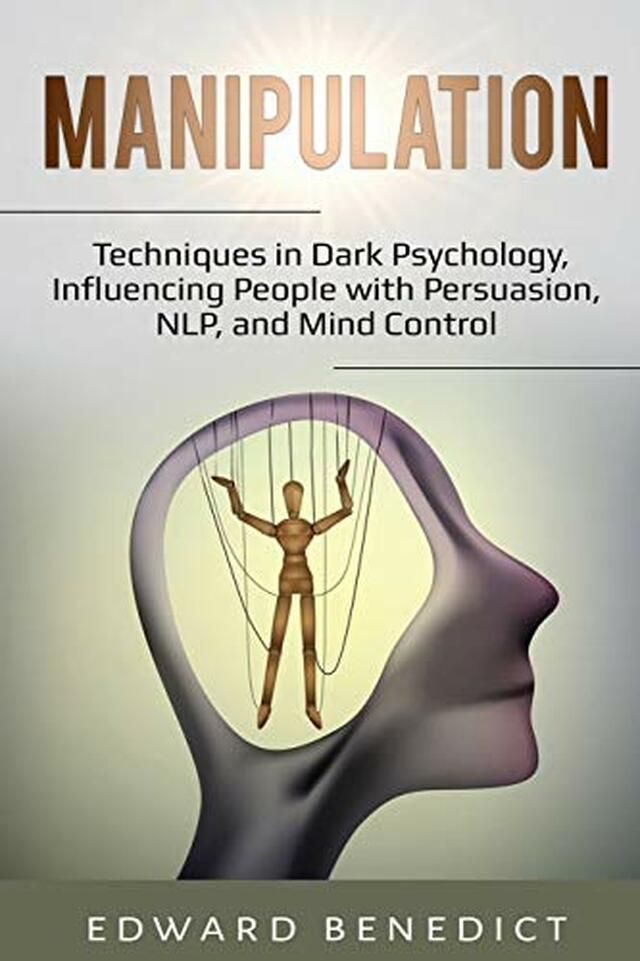
I work with successful business owners, entrepreneurs, and executives to uncover the beliefs that stop them and support them to become their most powerful self. If you’d like to experience hypnosis yourself the easiest way to start is through a free recording:
Self-Hypnosis
Practice what I’ve just taught you. Experiment with the different techniques. Remove the blocks and create an empowered future you.
Joshua Peters is a speaker and hypnotist based in the Twin Cities, passionate about transforming lives. He spends his days empowering business owners, entrepreneurs, and other professionals to release their own uncomfortable truths and create a life of freedom and joy.
Joshua spent the past fifteen years transforming his own life from one of mediocrity and strife to intention and creativity. Along the way he’s learned to push through his own fears to walk on fire, dance on broken glass, and to escape from the chains that held him back.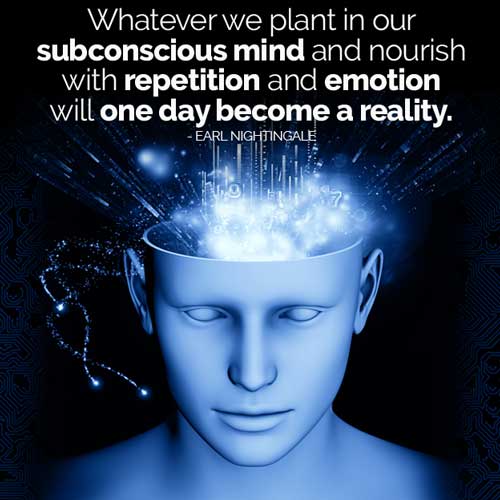
In his free time you’ll find Joshua hiking, reading, or enjoying time with his family.
13 Ways To Start Training Your Subconscious Mind To Get What You Want
Unsplash
Your brain is built to reinforce and regulate your life.
Your subconscious mind has something called a homeostatic impulse, which regulates functions like body temperature, heartbeat and breathing. Brian Tracy explained it like this: "Through your autonomic nervous system, [your homeostatic impulse] maintains a balance among the hundreds of chemicals in your billions of cells so that your entire physical machine functions in complete harmony most of the time."
But what many people don't realize is that just as your brain is built to regulate your physical self, as does it try to regulate your mental self.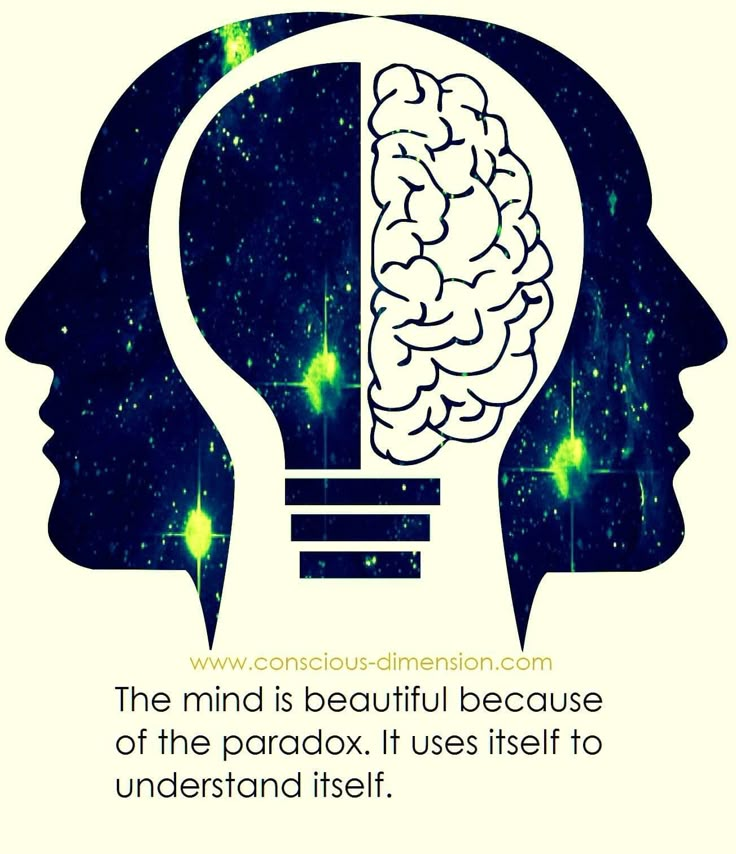 Your mind is constantly filtering and bringing to your attention information and stimuli that affirms your preexisting beliefs (this is known in psychology as confirmation bias) as well as presenting you with repeated thoughts and impulses that mimic and mirror that which you've done in the past.
Your mind is constantly filtering and bringing to your attention information and stimuli that affirms your preexisting beliefs (this is known in psychology as confirmation bias) as well as presenting you with repeated thoughts and impulses that mimic and mirror that which you've done in the past.
Your subconscious mind is the gatekeeper of your comfort zone.
It is also the realm in which you can either habituate yourself to expect, and routinely seek the actions that would build and reinforce, the greatest success, happiness, wholeness or healing of your life.
Here, a few ways to start retraining your mind to be your ally, not your enemy.
1. Be willing to see the unchangeable change.
The first step in creating massive change in your life is not actually believing that it's possible, it's being willing to see if it is possible.
You are not going to be able to jump from being a complete skeptic to a wholehearted believer. The step between those is just being open to seeing what could be possible.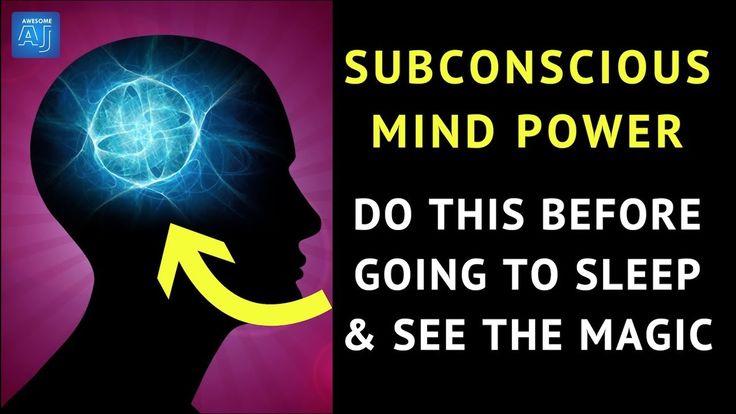 You could maybe try sending a few "scary emails," in which you proposition a client or partner for something that they do not have any reason to respond to. You might have a few dozen ignored messages, but eventually, someone will respond.
You could maybe try sending a few "scary emails," in which you proposition a client or partner for something that they do not have any reason to respond to. You might have a few dozen ignored messages, but eventually, someone will respond.
The point is that you're willing to see if its possible... that's what will change your life.
2. Give yourself permission to be successful.
Instead of regurgitating the same old narrative of believing you'll be happy once you're 10 pounds, one promotion and two life events down-the-line, work on changing your inner monologue to: "I allow my life to be good."
Give yourself permission to be happy and successful, and not feel guilty about it. If you have a subconscious association between success being amoral, or corrupt, of course you're not going to do what you need to do to live the life you want to live. Instead, give yourself permission to step into a whole, happy, healthy, grounded and meaningful existence.
3. Don't allow other people's fears to cast shadows of doubt.
The way people respond to news of your success will tell you how they are really doing in their lives.
If you announce your engagement, people who are in happy marriages will be elated for you. People who are in unhappy marriages will warn you that it is difficult and that you should enjoy your remaining time as "single" individuals.
The point is that other people's fears are projections of their own situations. They have nothing to do with what you are or aren't capable of.
4. Surround yourself with positive reinforcement.
Keep a bottle of champagne in the fridge. Change your morning alarm on your phone to read the message: "CONGRATULATIONS!!!" Make sure that the items that you see and touch most often bring you positivity and hopefulness. Keep an inspirational note on a post-it next to your computer. Unfollow people who make you feel bad about yourself and follow those who are constantly posting motivational messages and interesting ideas. Make your newsfeed a place that can catalyze your growth, instead of lessening your perception of your worth.
Make your newsfeed a place that can catalyze your growth, instead of lessening your perception of your worth.
5. Speak your success as a present fact, not a future plan.
Though you shouldn't say things like "I drive a convertible," or "I am a CEO," if they are not in fact true, do start speaking about what it is you want out of life not in the context that you will one day pursue it, but that you are already living it.
Instead of saying: "I hope to do that one day," say, "I am strategizing how to do that now." Instead of thinking: "I will be happy when I am in a different place in my life," think, "I am completely capable of being happy right here and right now, nothing is holding me back."
6. Create a vision space.
Being able to imagine what it is you want out of your life is absolutely essential for creating it, because if you don't know where you're going, you won't know which way to turn first.
Once you have a crystal clear image in your mind for what it is you want and how it is you want to live, you are then capable of beginning to enact and create it.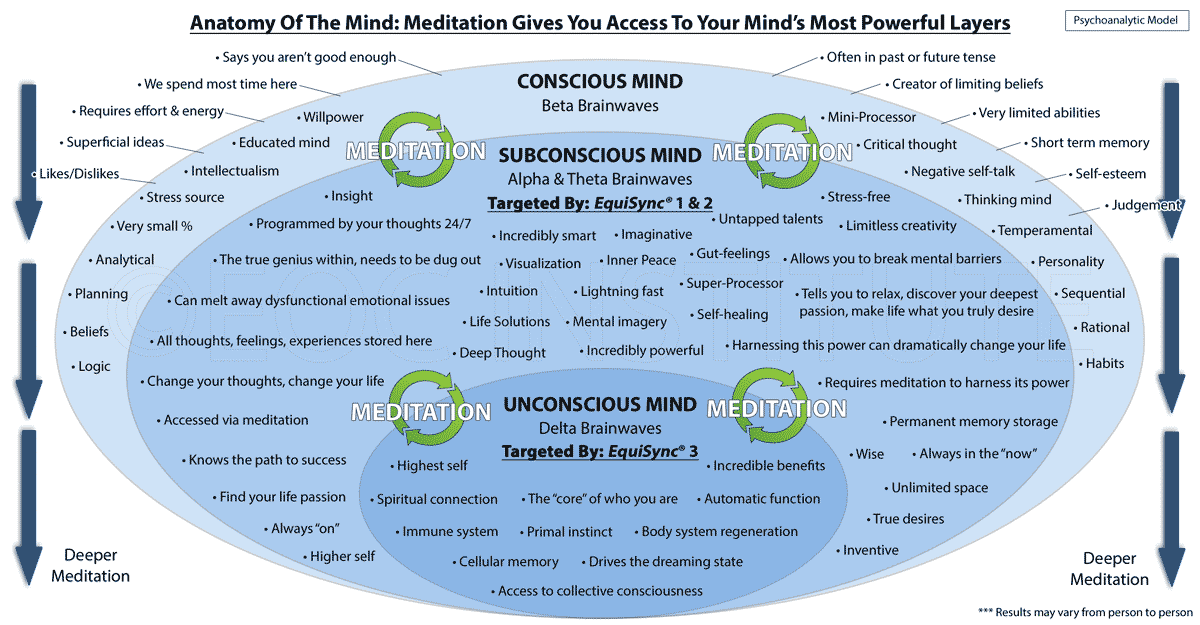 If you are still hazy or torn between what you want, you will be rendered incapable of taking real, meaningful action toward anything.
If you are still hazy or torn between what you want, you will be rendered incapable of taking real, meaningful action toward anything.
Whether you use a Pinterest board, blog, notebook or board, put together words and images that represent what you want and how you want to live.
7. Identify your resistance.
When our subconscious minds hold us back from pursuing something that we love, it is because we are holding a conflicting belief about it.
To identify your resistance, question yourself. Ask yourself why you feel better when you procrastinate, or why getting what you really want could actually put you in a place that makes you feel more vulnerable than ever. Find a way to meet those needs before you proceed.
8. Have a master plan for your life.
Forget five or even 10 year plans; so much changes over time it's nearly impossible to set goals that you'll be able to keep. Most likely, new or even better opportunities will surface, and though your life won't look like you thought it would, you're better off for that.
Instead, have a master plan. Identify your core values and motivations. Ask yourself what is the ultimate goal of what you want to accomplish while you are alive; imagine the kind of legacy you want to leave. Once you have your Big Picture values identified, you can make decisions for the long-term that align with your true self.
9. Start a gratitude journal.
The best way to start putting yourself in a headspace of "having" rather than "wanting" is to begin a gratitude practice. By expressing thanks for all that you do have, you shift your mindset from being hungry for change to feeling satisfied with where you are at. Nothing magnetizes abundance to you like gratitude. There's a saying that once you believe you have enough, you are open to receiving more and more and more. That is undoubtedly true.
10. Start asking for what you want, even if you know you'll be denied.
If someone asks you to do a consulting project, ask for the amount of money you truly want to earn for it. If your goal is to get a promotion in your organization, sit down with your higher up and make your intentions known. Reach out to brands you want to work with. Start asking for what you want, even if you have no reason to believe that anyone will actually give you any of those things. Eventually, they will.
If your goal is to get a promotion in your organization, sit down with your higher up and make your intentions known. Reach out to brands you want to work with. Start asking for what you want, even if you have no reason to believe that anyone will actually give you any of those things. Eventually, they will.
11. Release your attachment to the "how."
Your job is to identify the what, and then to work in tandem with other people for the how.
If your goal is to work remotely and run your own business, instead of giving up if your first attempt fails, try reimagining how else you could achieve your ultimate vision in a new way that is more financially lucrative.
The point is that life will always surprise you with how things come to fruition. Instead of being obsessively attached to every little detail working out the way you think it should, be open to potential and possibility, even if it's something you never imagined before.
12. Surround yourself with allies.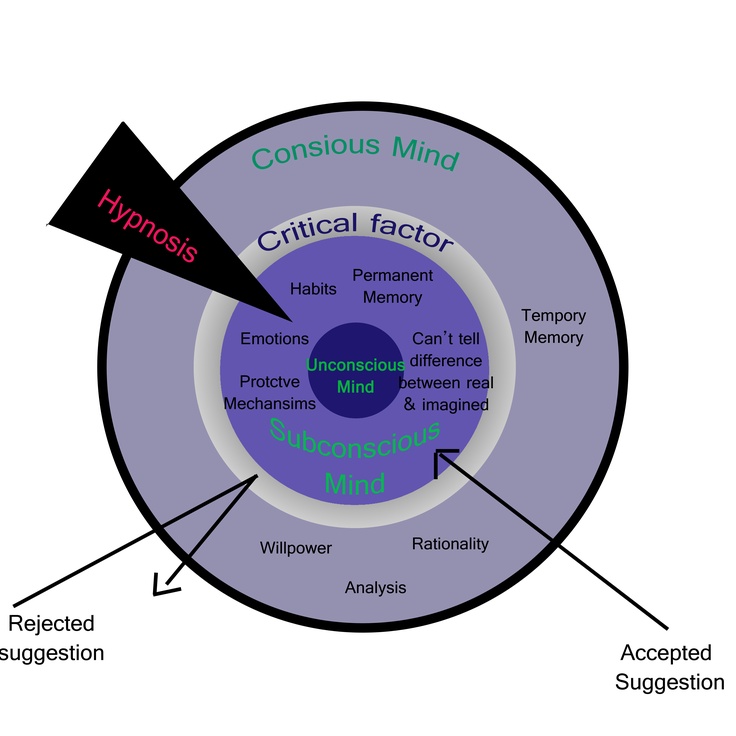
Start spending time with people who are ambitious, supportive and creative.
If you're hanging out every weekend with people who are likewise as unhappy with their lives, you aren't going to receive an abundance of support if you try to break free and do your own thing. Remember that you will truly become who you spend the most time with, and choose who that is very carefully.
13. Fill your "dead air" time with affirmation and motivation.
When you're on your commute each morning, listen to a motivational speech or podcast. While you're doing the dishes or driving, tune into a talk show that relates to the type of business you're trying to do. Infuse your life with as much affirmation and motivation as possible. You may need to hear the lessons more than once, but they will seep into your brain over time, and eventually, you will find yourself acting on wisdom received from those who are where you want to be.
Influencing the subconscious - the most effective ways and methods of influencing the subconscious
Influencing the subconscious of a person, the ability to influence and correct the subconscious was considered by many well-known psychologists and psychotherapists.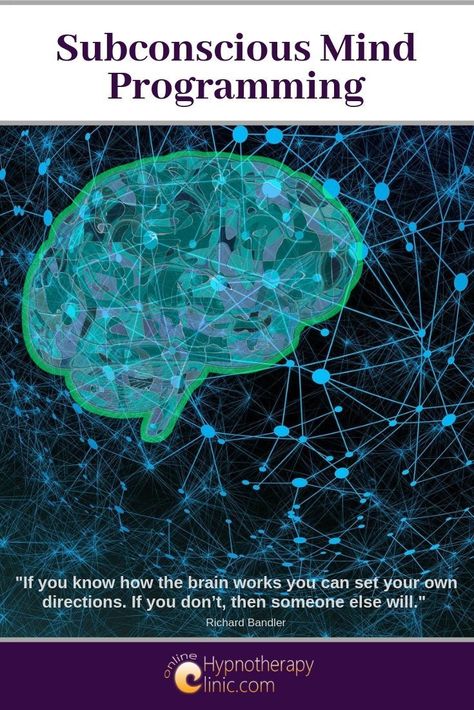 In parallel, methods were developed that were aimed at correcting pathological subconscious stereotypes and attitudes. Let us recall Sigmund Freud with his psychoanalysis, Carl Gustov Jung with models of archetypes, Stanislav Grof and his doctrine of altered states of consciousness, Milton Erickson, who founded his own direction of hypnotherapy. The efforts of all these scientists were reduced to one single goal: to make a person happier by removing blocks and barriers at the subconscious level. That is, to create the most effective mechanisms for influencing the subconscious.
In parallel, methods were developed that were aimed at correcting pathological subconscious stereotypes and attitudes. Let us recall Sigmund Freud with his psychoanalysis, Carl Gustov Jung with models of archetypes, Stanislav Grof and his doctrine of altered states of consciousness, Milton Erickson, who founded his own direction of hypnotherapy. The efforts of all these scientists were reduced to one single goal: to make a person happier by removing blocks and barriers at the subconscious level. That is, to create the most effective mechanisms for influencing the subconscious.
Without going into the variety of special psychotherapeutic techniques that can be implemented exclusively under the supervision of a psychotherapist, we note that any person, having set a goal, can in a certain way correct his own subconscious, thereby changing his current life situation. To do this, you can apply a number of techniques to influence the subconscious for the purpose of self-improvement:
1.
 Self-hypnosis, self-hypnosis and auto-suggestion
Self-hypnosis, self-hypnosis and auto-suggestion These are methods of influencing the subconscious, in which a person inspires himself with certain attitudes, the possibility of achieving any goals. The first task that a person must perform, according to this method, is to believe in the truth of the commands given and the beliefs suggested. Then, every day, these beliefs, like subconscious commands, are repeated many times with maximum mental efficiency and faith in their implementation. As a result of repeated repetition, suggestible attitudes enter the subconscious, replacing or blocking those that existed there before, interfering with the person.
2. Visualization
This is the representation and mental experience of certain situations that do not really exist. The mechanism of action of the method is explained by the inability of the brain to distinguish real events from imaginary events experienced only in the mind. The entire trace that they leave, one way or another, is fixed by consciousness.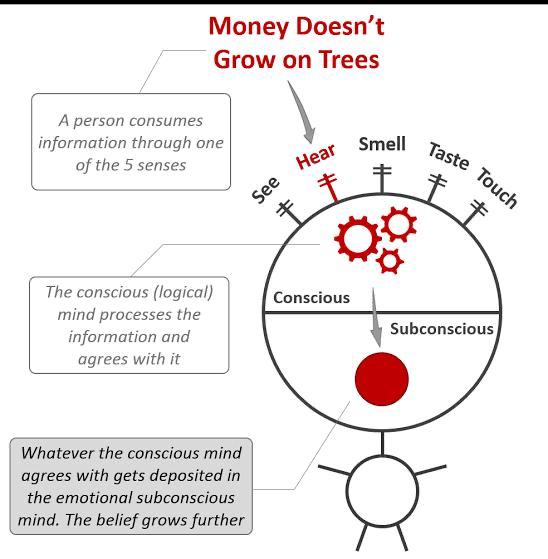 Here it is important for a person to clearly realize that what is being visualized is what needs to be achieved. The emotional coloring of the visualization process also plays a very important role: it must be present at the lesson using this technique. "Dry" images will never give a result, compared to those that the practitioner has experienced to the maximum. As with the previous method, multiple daily repetitions are necessary for success.
Here it is important for a person to clearly realize that what is being visualized is what needs to be achieved. The emotional coloring of the visualization process also plays a very important role: it must be present at the lesson using this technique. "Dry" images will never give a result, compared to those that the practitioner has experienced to the maximum. As with the previous method, multiple daily repetitions are necessary for success.
3. Affirmations
This is a method of conscious, controlled and clearly articulated thoughts that are spoken out loud or in the mind. These attitudes are designed to replace the negative, interfering, obsessive thoughts that bother a person. They are pronounced in a positive way ("I can", "I want", without using the particle "not"), with emotional impact, in the present tense and necessarily applicable to oneself. The mechanism of action of affirmations is that the brain can hold only one single thought at a certain period of time.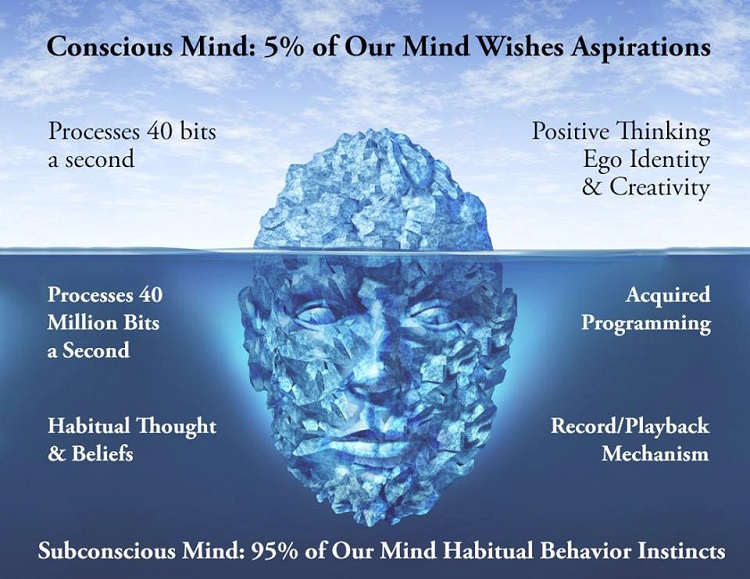 Therefore, by repeating positive affirmations, a person displaces what prevents him from moving towards his goal. Influencing the subconscious in this way is greatly simplified by public technologies based on coded suggestions, such as hypnotic sessions, audio sessions, neurotunes and Interaura neurosessions.
Therefore, by repeating positive affirmations, a person displaces what prevents him from moving towards his goal. Influencing the subconscious in this way is greatly simplified by public technologies based on coded suggestions, such as hypnotic sessions, audio sessions, neurotunes and Interaura neurosessions.
4. Gratitude
This is a powerful form of affirmation in which a person focuses on what they already have and what they have achieved. For this he thanks the Universe, any other people, circumstances. In a normal situation, people are focused on what they do not yet have. Many are very worried because of this, experiencing constant nervous tension, stress. Thus, they repel good things from themselves, because they are subconsciously tuned to a feeling of lack. A person who practices gratitude, on the contrary, is tuned in to abundance, possession, and therefore attracts even more prosperity into his life.
5. Technologies that allow you to directly influence the subconscious
What is the purpose of influencing the subconscious with the help of such technologies? For example, a person has a serious mental trauma, he cannot understand himself, he cannot bring harmony to his inner world, he wants to reveal his inner potential or develop certain personal qualities.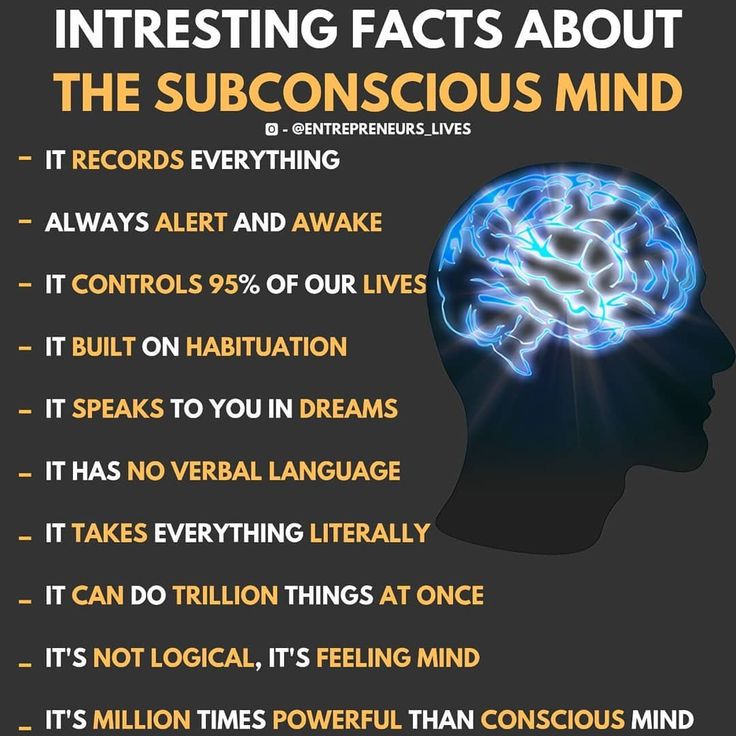 Such technologies are hypnotic sessions, audiosessions, neurotunes and neurosessions. They differ in some features of the mechanism of influence on the subconscious, ease of use and the duration of the audio file. Interaura neurosessions are considered the most effective technology, since they were the only ones developed using EEG. They are produced by Interaura and are available to everyone on the official website: http://www.interaura.net
Such technologies are hypnotic sessions, audiosessions, neurotunes and neurosessions. They differ in some features of the mechanism of influence on the subconscious, ease of use and the duration of the audio file. Interaura neurosessions are considered the most effective technology, since they were the only ones developed using EEG. They are produced by Interaura and are available to everyone on the official website: http://www.interaura.net
Neuromarketing: 5 effective methods of influencing the human subconscious
Marketers have long mastered the methods of influencing emotions. They pinpoint the weaknesses of the target audience in order to hit right on target and sell more product. Many experts have learned how to influence the subconscious of consumers through advertising, a bright label or values, pressing on that part of the psyche that we do not control. This approach is called "neuromarketing". Let's see what methods of influence exist and how it works.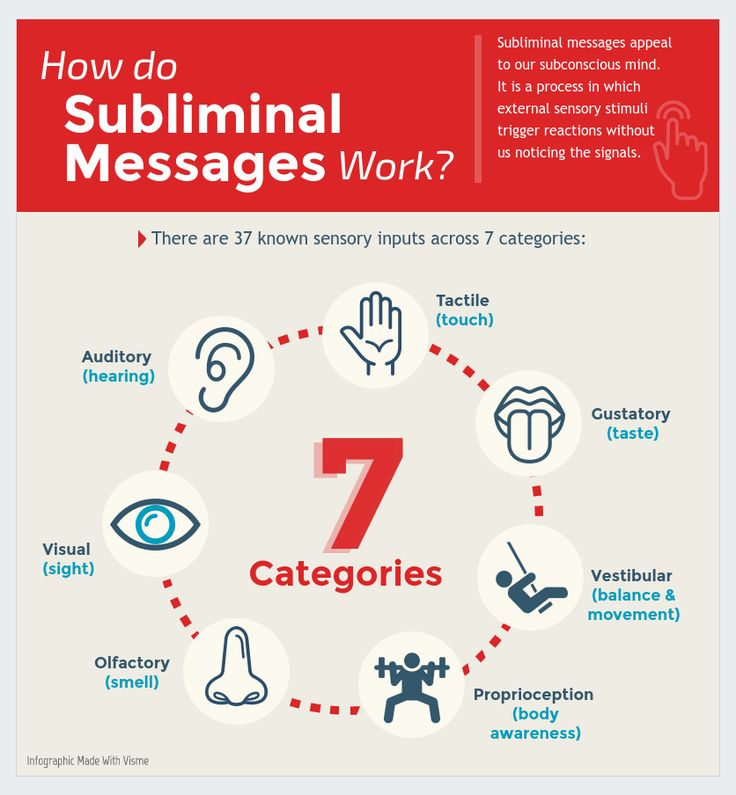
What is neuromarketing?
Neuromarketing was first discussed in the 20th century, when they began to conduct various studies of the human brain while watching TV. The term itself was proposed by a professor at the Erasmus University of Rotterdam, Eil Smidts, in 2002. The professor set the main task of neuromarketing to study changes in the brain during the influence of marketing stimuli in order to increase the effectiveness of methods based on data.
The concept of neuromarketing has many definitions and is just beginning to really develop. But the main point is to study human reactions to external stimuli or stimuli, unconscious processes during the selection and purchase of goods.
Methods of influencing the human subconscious
Scientists conducted a study in which they found that our brain functions outside of our consciousness. For example, when a person thinks what to buy, the decision comes with a delay of 8 seconds. This feature of the human mind helps marketers to apply various methods to influence potential buyers. Consider 5 common methods from neuromarketing:
Consider 5 common methods from neuromarketing:
- Big discounts, now or never. Many have heard of Black Friday, when people stand in long lines to grab a bargain. Although on a typical day there are no such queues and no one needs this expensive product so urgently. But the sign "70% off" becomes a red rag for most buyers and is a trigger for action. For marketers, this is a convenient way to attract more customers and plan for applications.
- Brand awareness. Familiar packaging, a well-known slogan provoke people not to think and take this particular product. When we want to eat a chocolate bar, the cheerful phrase “Don’t slow down - snickers” comes to mind, and the hand automatically reaches for this chocolate bar. Or when we want a quick bite to eat, we remember the bright yellow and red McDonald's logo and purposefully go there to eat. This is the principle of visualization, which is applied by almost every company.
- Value, trend and status. This is the most common way to capture the attention of the buyer.
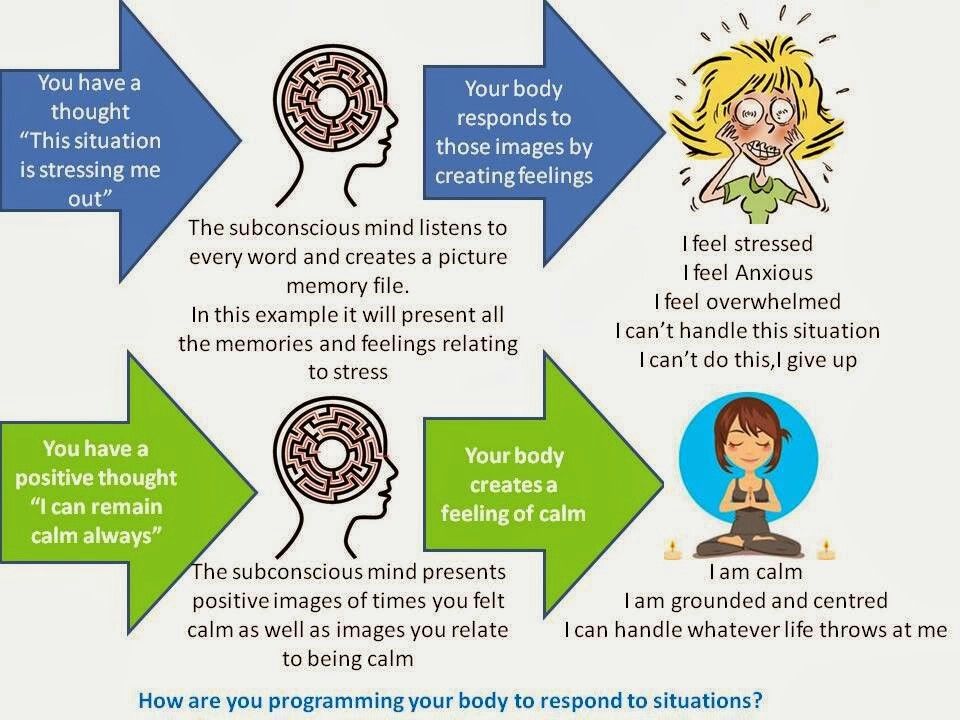 Modern advertising for an Audi car hints at prestige, Fruto Nyanya juice speaks of children's health, FitParad products speak of low-calorie foods and a beautiful figure.
Modern advertising for an Audi car hints at prestige, Fruto Nyanya juice speaks of children's health, FitParad products speak of low-calorie foods and a beautiful figure. - Associations with someone. There is such a thing as native advertising, this is when the product is not advertised directly, but is embedded in a movie or clip. For example, the protagonist of the film constantly drinks the same brand of tea throughout the film. When you go shopping for tea and see this brand from the movie, you will most likely want to buy it.
- An enticing story about the brand. Or in other words, storytelling is the most powerful tool in marketing, with which you can reach the hearts of buyers and penetrate their subconscious. Simply put, it's when a company tells a story about building a brand, people, and a product. For example, this is not just cheese, it is produced by a family that has been doing this business for several generations. This technique is very captivating and interested in people.

Learn more






